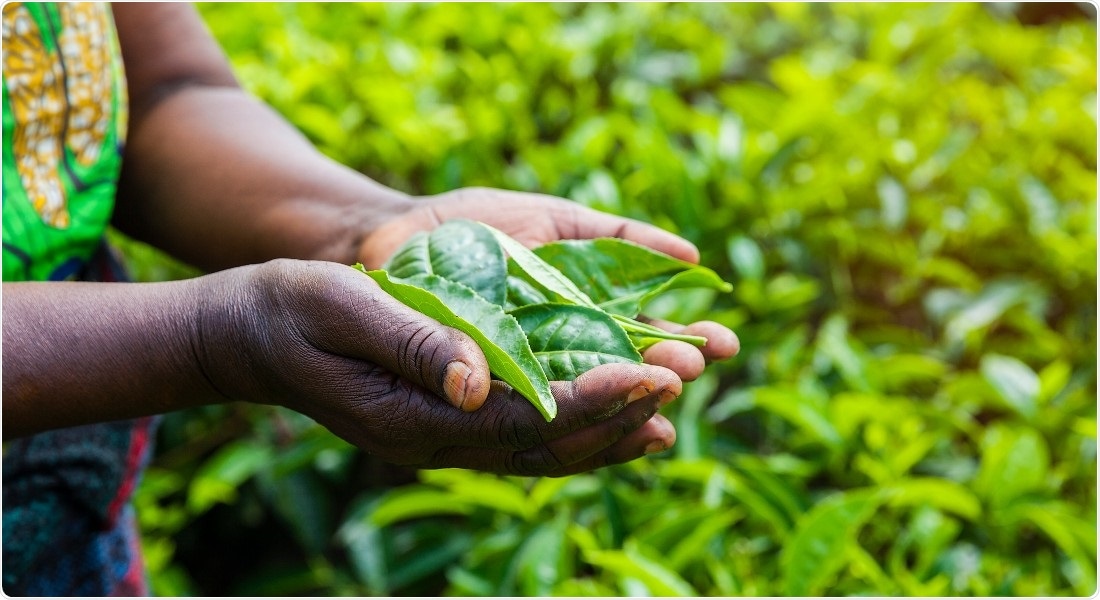More than two billion individuals across the world are malnourished because of zinc deficiency. An international research team, headed by the University of Copenhagen, has identified how plants perceive zinc and makes use of this knowledge to improve their uptake of zinc, resulting in seeds that have increased zinc content by as much as 50%. The new understanding may someday be used for cultivating more nutritious crops.

Malnutrition can be caused by infertile agricultural land, which affects the nutritional content of staple crops such as rice, wheat, and maize. Image Credit: Getty.
A deficiency of vital dietary nutrients, including zinc, is one of the biggest causes of malnutrition across the world. It has been estimated that over two billion people suffer from zinc deficiency, a concern that can damage the immune systems and lead to stunting and mental disorders.
Among other things, infertile agricultural land can cause malnutrition, affecting the nutritional content of staple crops, like maize, rice, and wheat.
However, there could be a possibility to flip a switch in the crops at the seed stage itself, which supports them to boost their intake of iron, zinc, or other nutrients, and make them absorb more amounts of nutrients than they would normally do.
Scientists from the Department of Plant and Environmental Sciences at the University of Copenhagen have done exactly that by using the thale cress plant (Arabidopsis thaliana).
For the first time ever, we have demonstrated that, by using a molecular 'switch' in the plant, we can cause the plant to absorb more zinc than it would otherwise, without apparent negative impact on the plant.”
Ana Assunção, Study Lead Author and Associate Professor, Department of Plant and Environmental Sciences, University of Copenhagen
Plants absorbed 50% more zinc
In humans, zinc helps maintain a broad range of proteins and chemical processes working inside the body. But when these processes do not work correctly, people are likely to become ill. In the case of plants, the lack of zinc negatively affects their growth.
For a long time, investigators have tried to figure out how plants decrease and increase their zinc uptake. Ana Assunção and her collaborators were the first to detect two particular proteins from thale cress that serve as zinc sensors and to establish the ability of the plant to absorb and transport zinc across the plant tissue.
By modifying the properties of these zinc sensors, or the molecular “switch,” that regulate a closely connected web of zinc transporters, the team was able to make these sensors absorb higher amounts of zinc.
Simply put, by making a small change in the sensor, we’ve led the plant to believe that it was in a permanent state of zinc deficiency. This kept the plant’s zinc uptake machinery swiched-on and resulted in an increase of zinc content in the seeds by as much as 50 percent compared to a normal plant.”
Grmay Lilay, Study First Author, Department of Plant and Environmental Sciences, University of Copenhagen
Lilay is a Postdoct at Assunção’s Laboratory
Up next: rice, beans, and tomato
While the team has demonstrated that zinc absorption could be increased in their test plant, the next stage is to simulate these outcomes in real crops. And the investigators are already closer to doing so.
We’re currently working to recreate our results in bean, rice and also tomato plants. Should we succeed, we’ll realize some interesting opportunities to develop more nutritious and biofortified crops. Biofortification is a sustainable solution to improve micronutrient content in human diet.”
Ana Assunção, Study Lead Author and Associate Professor, Department of Plant and Environmental Sciences, University of Copenhagen
In the long term, the study results could be used by applying CRISPR gene-editing technique or by choosing naturally occurring crop varieties that have a specifically good potential to absorb nutrients, such as zinc.
“The availability of enormous genomic resources will assist our efforts in finding crop varieties that are likely to display higher zinc accumulation,” concluded Lilay.
Source:
Journal reference:
Lilay, G. H., et al. (2021) Arabidopsis bZIP19 and bZIP23 act as zinc sensors to control plant zinc status. Nature Plants. doi.org/10.1038/s41477-021-00856-7.